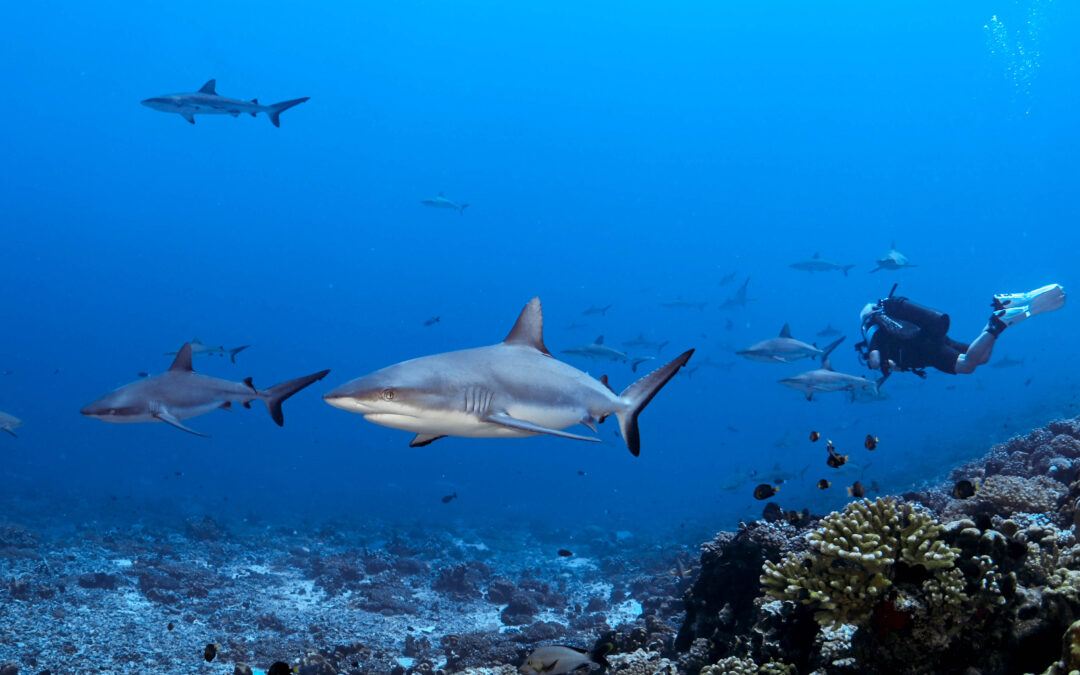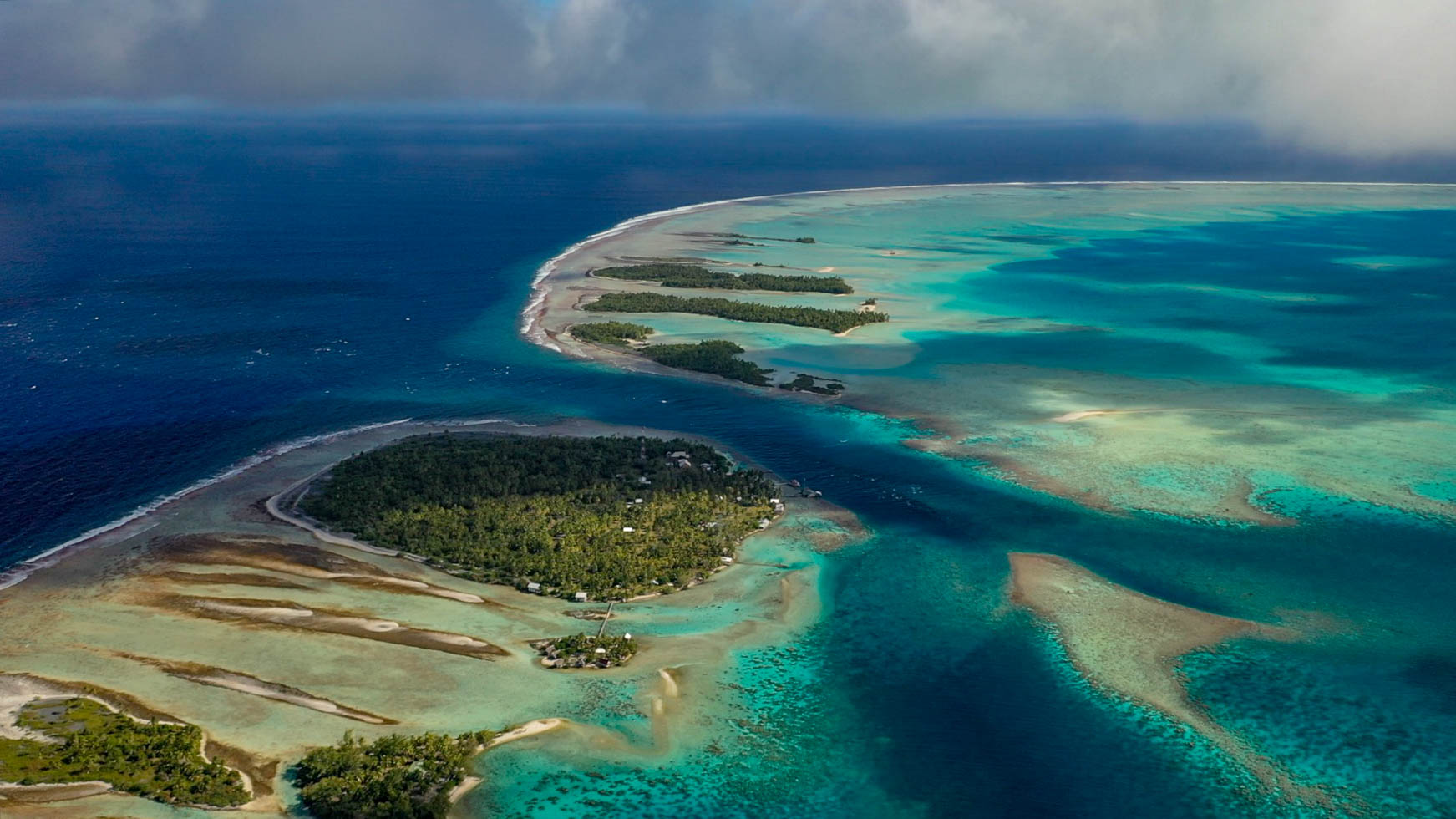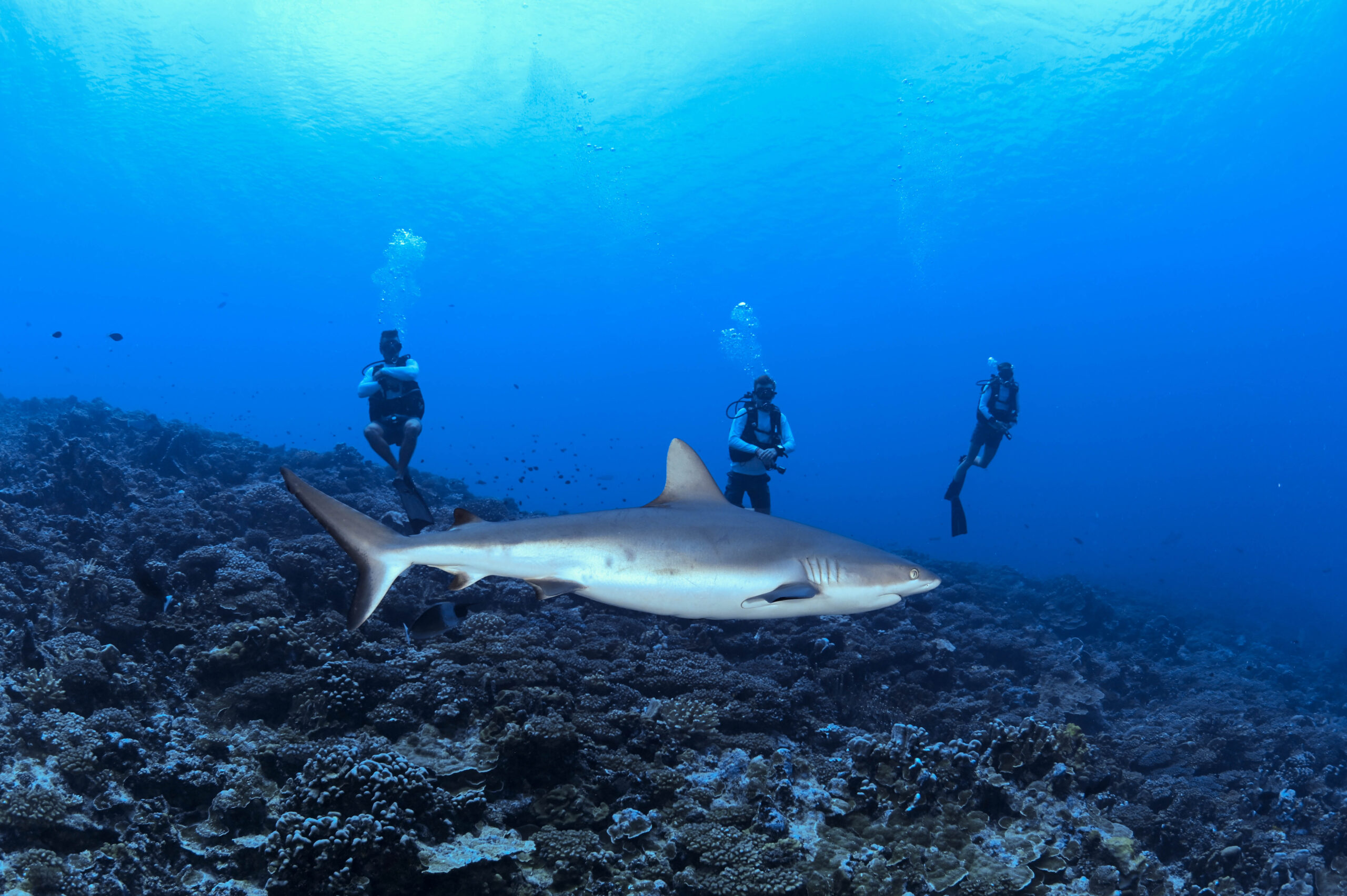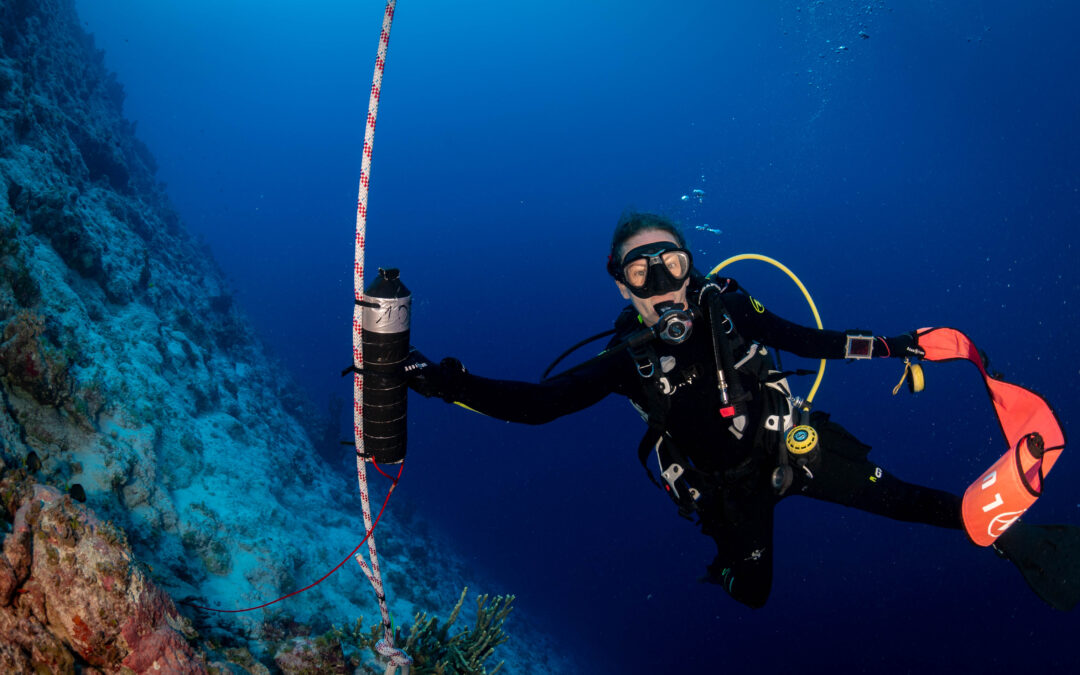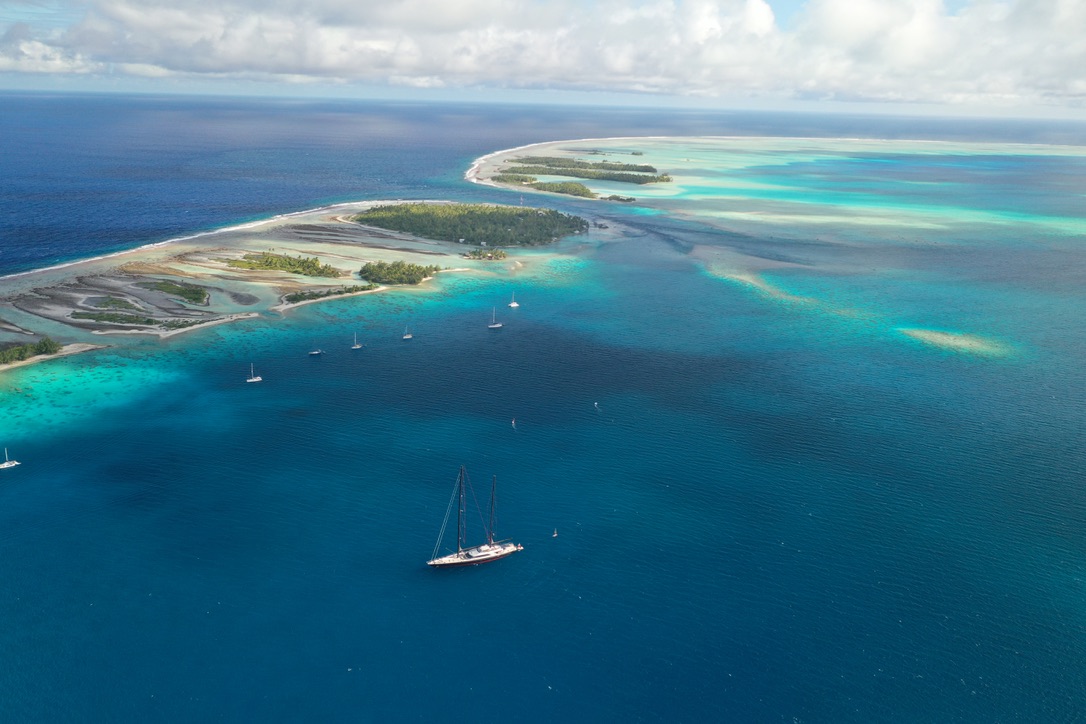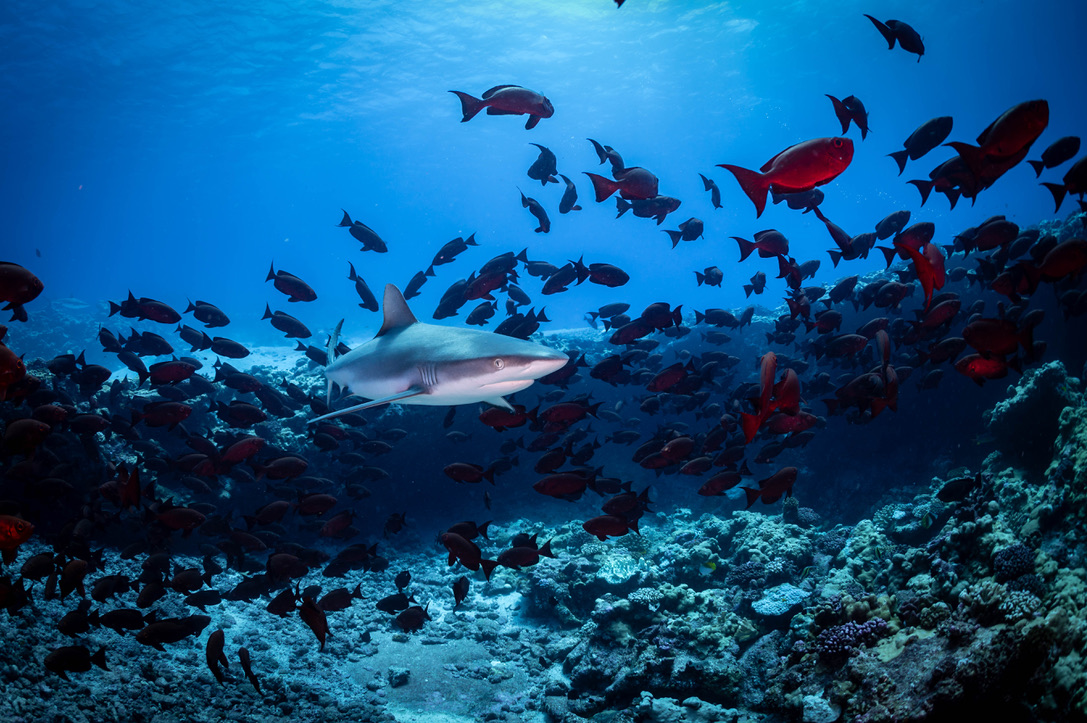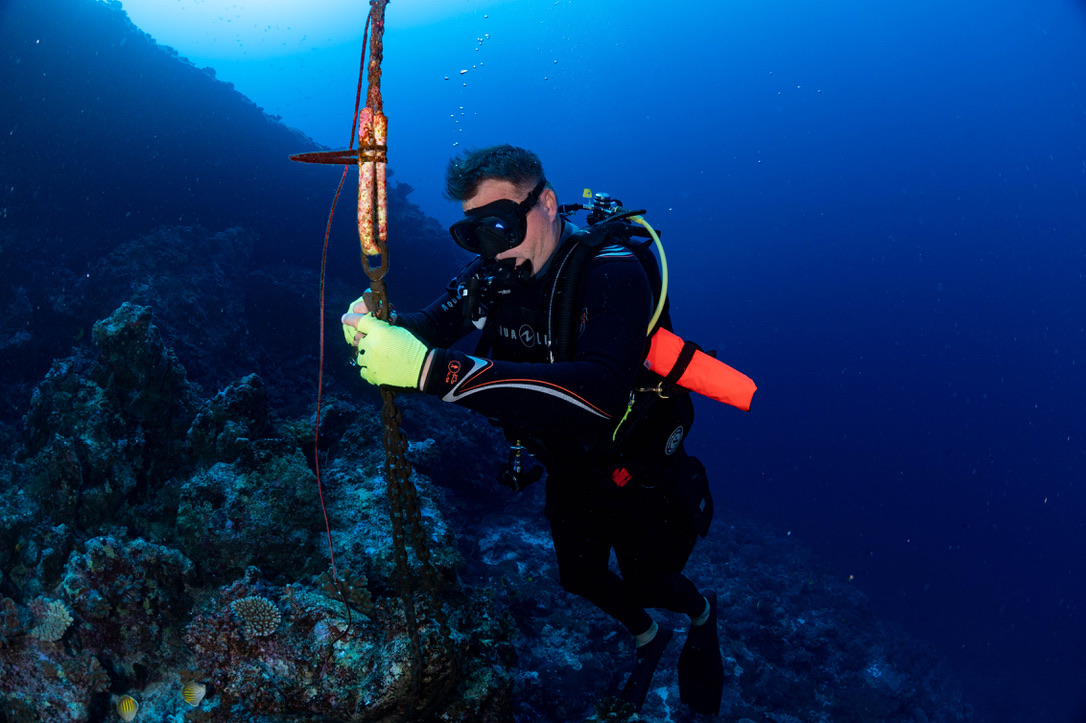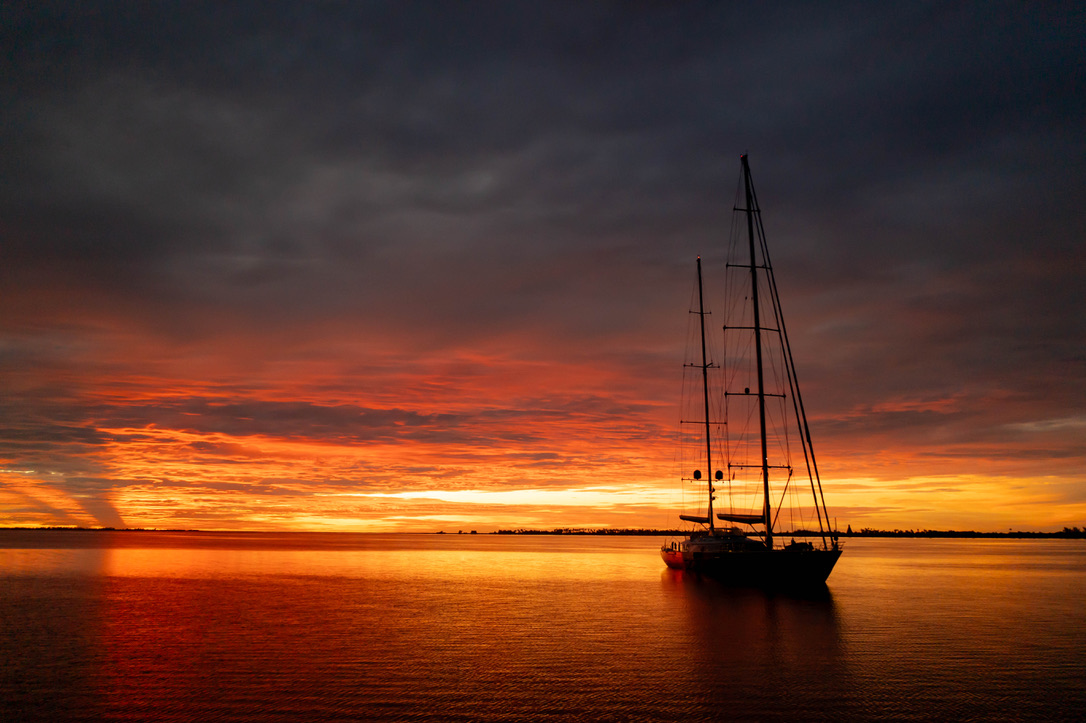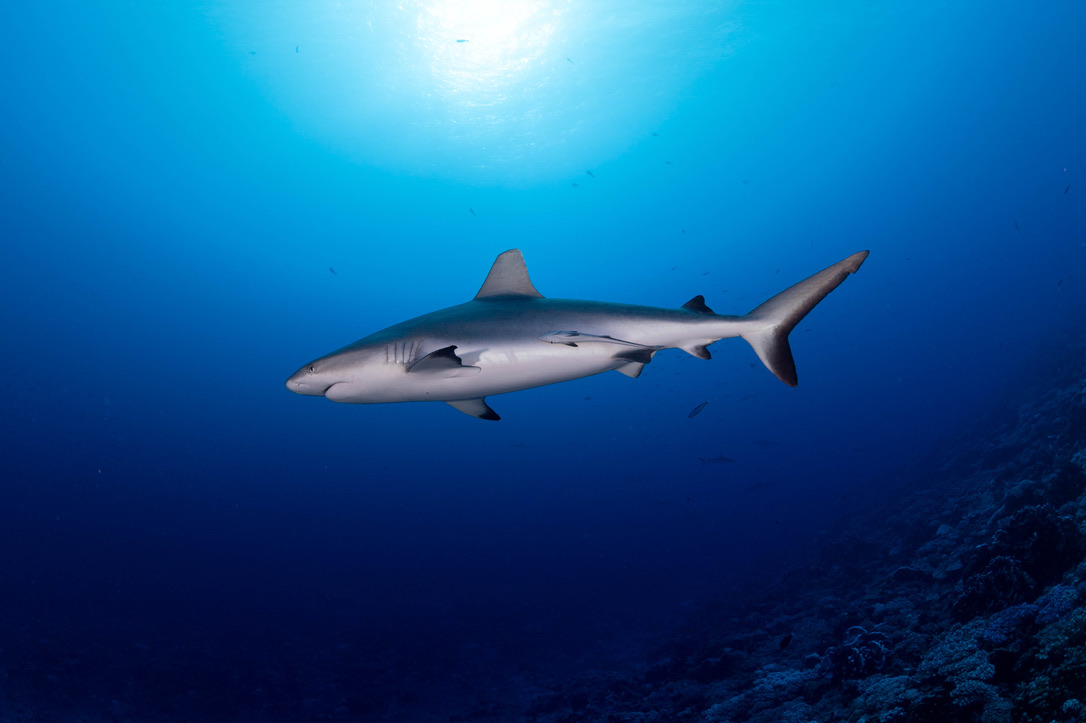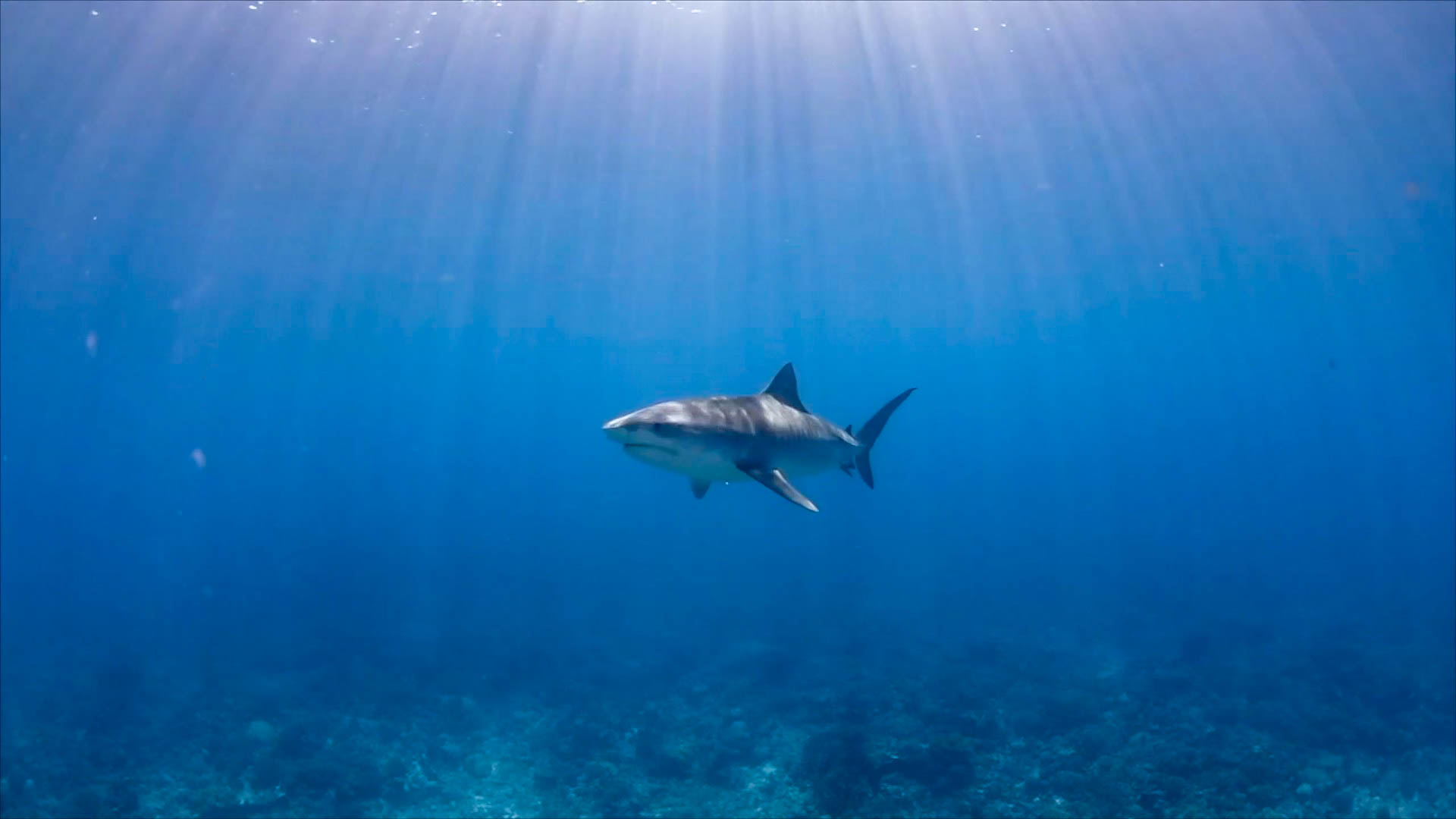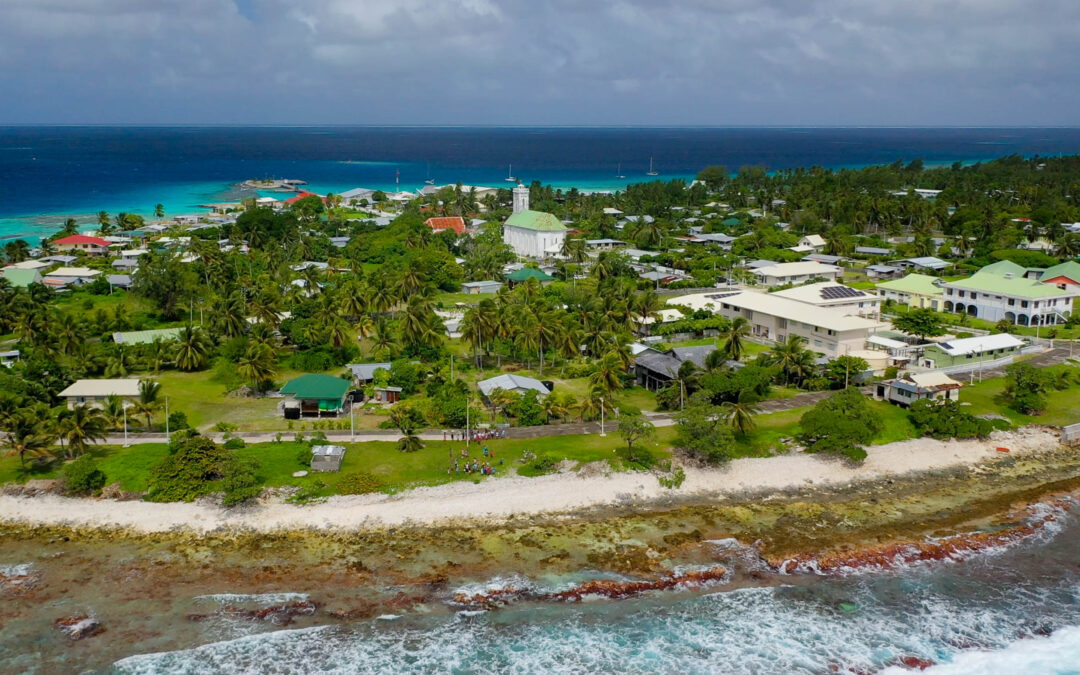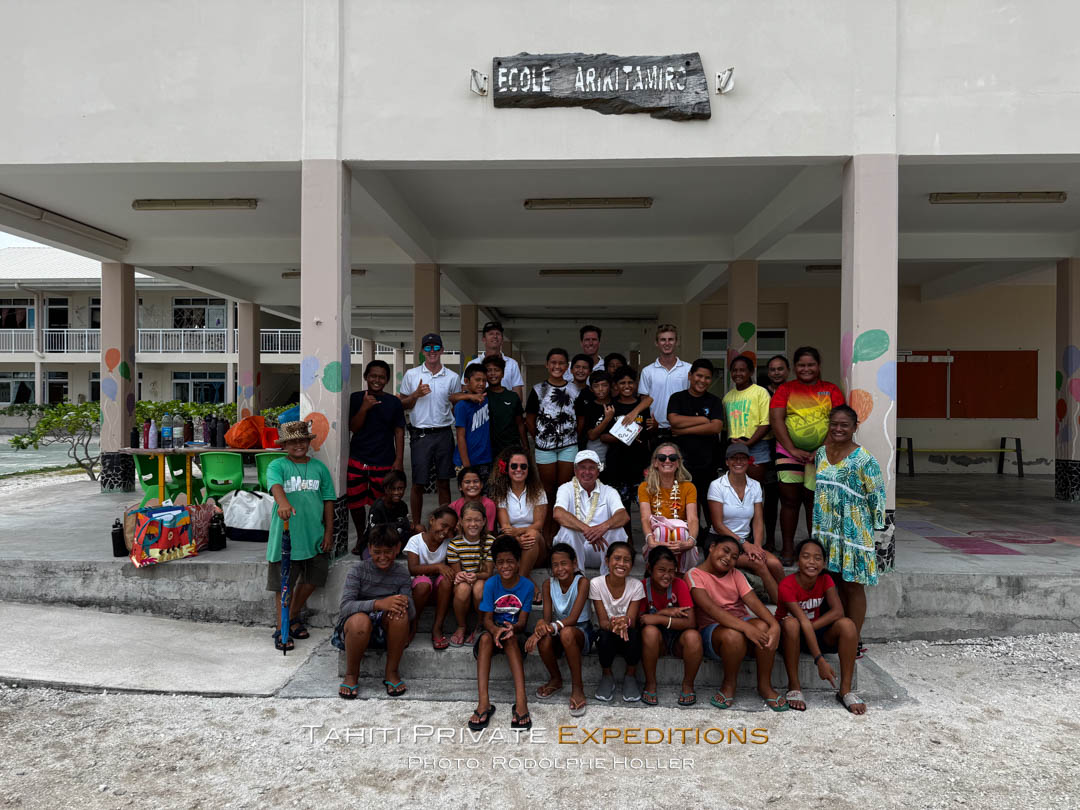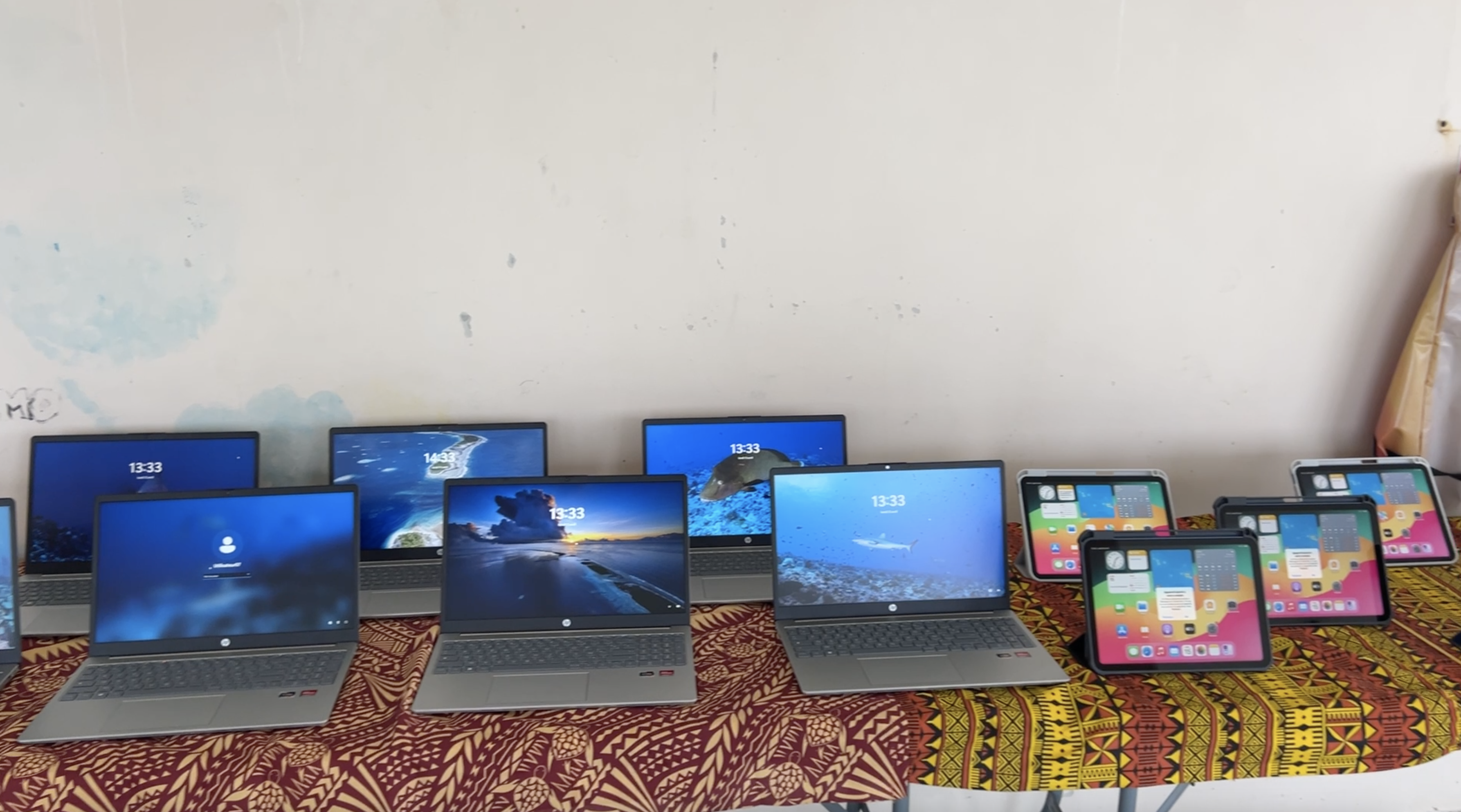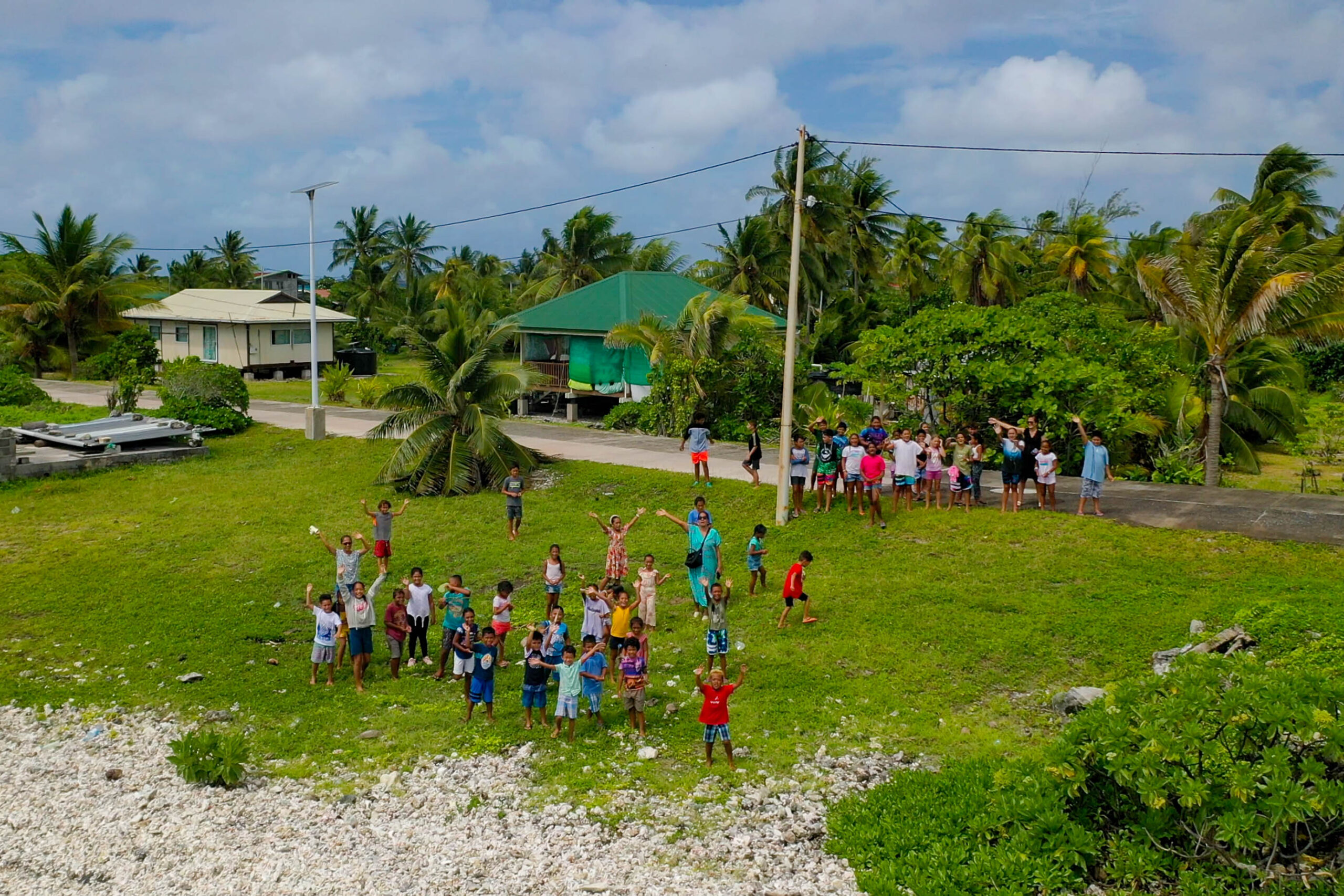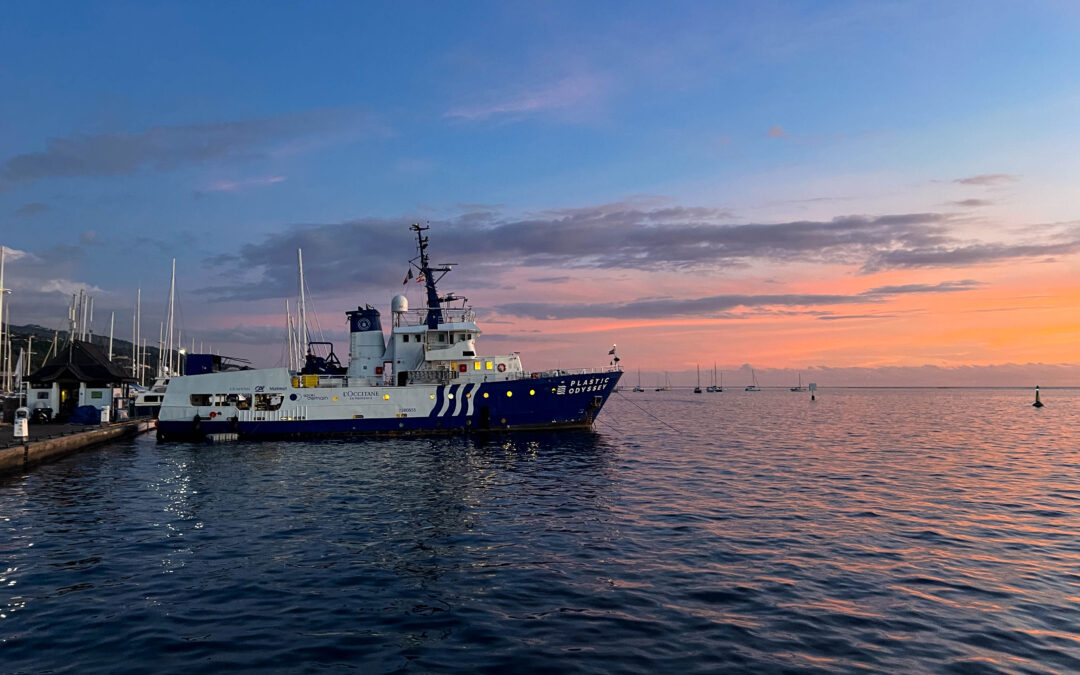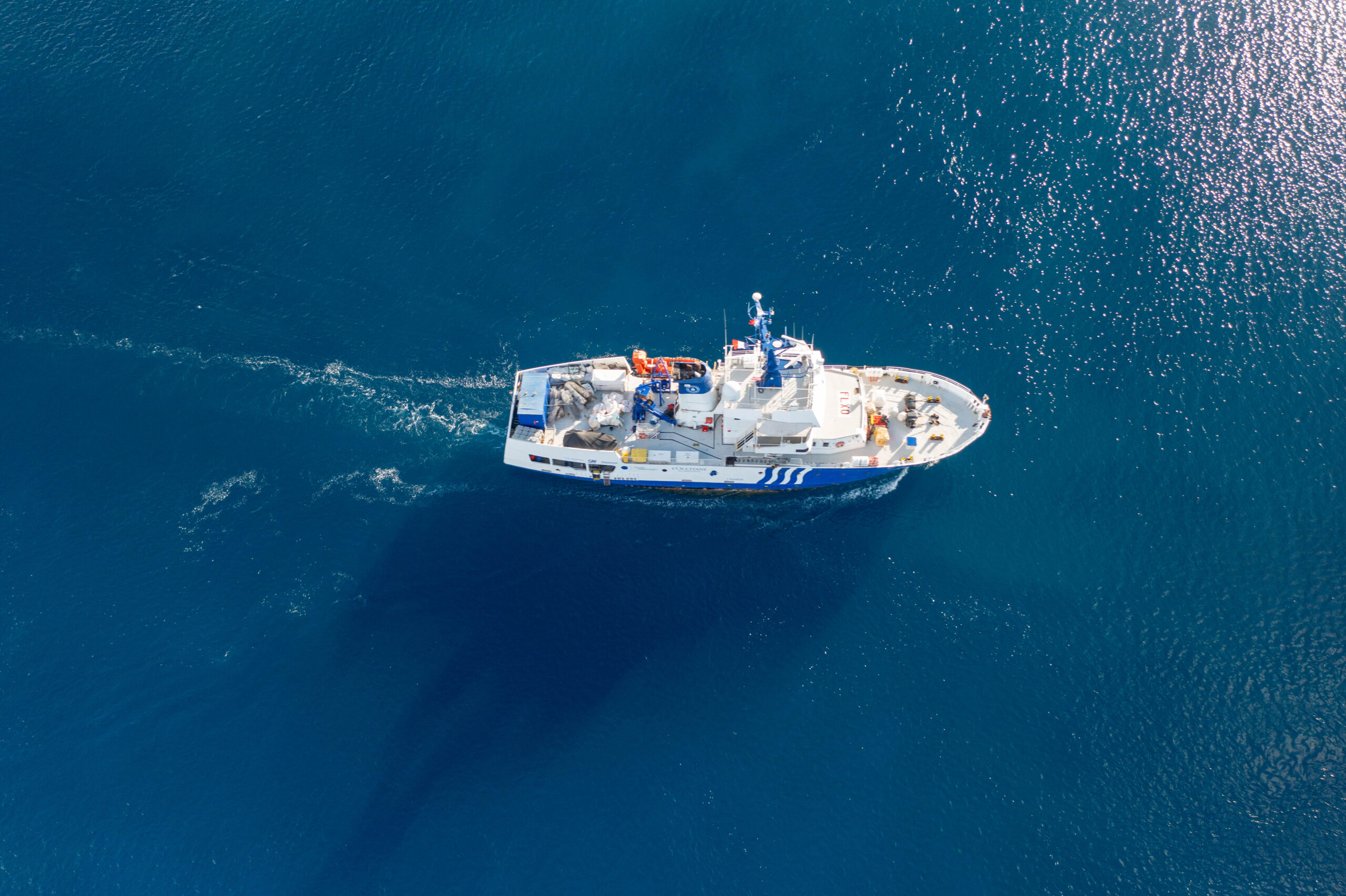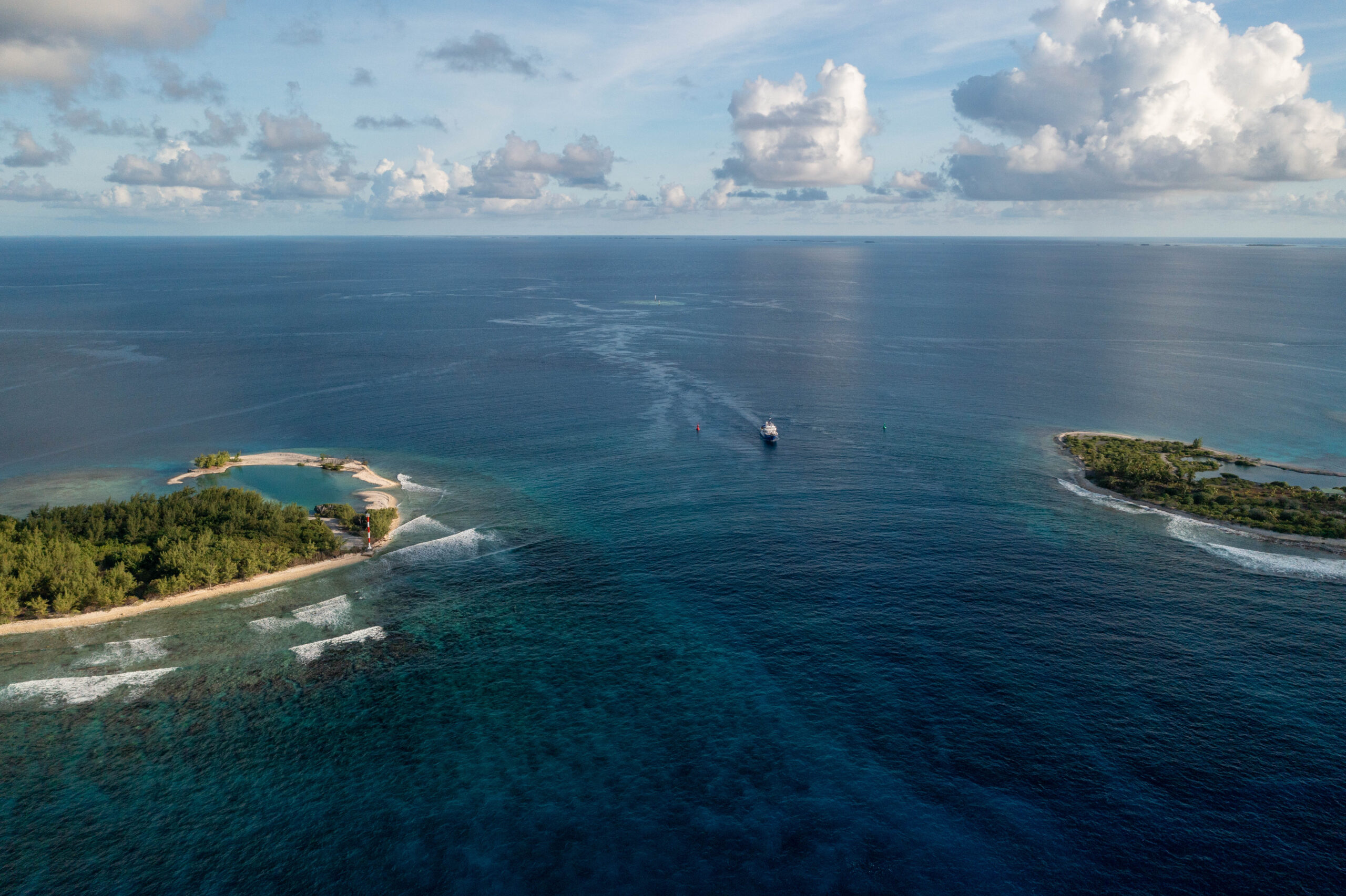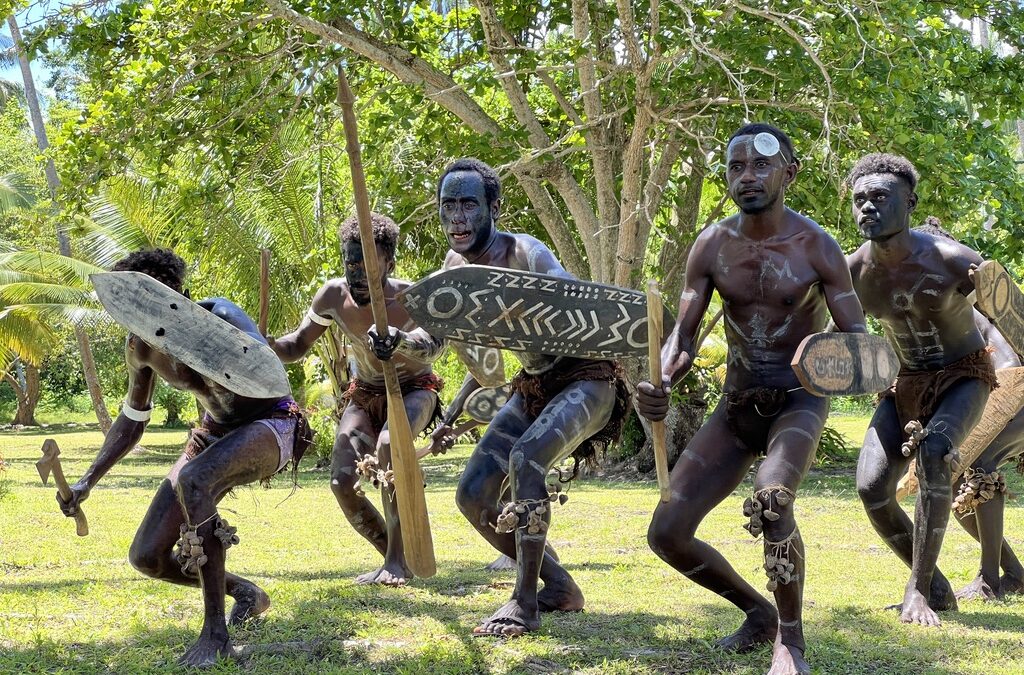
Solomon Islands
During mid October to early November 2024, Seahawk’s mission continued to the Solomon Islands where we spent 3 weeks exploring this beautiful tropical archipelago.
The striking thing about cruising these islands is that on one level they look and feel very unspoiled, untouched and stunning but this first impression belies the islands turbulent past and the onslaught of relatively recent misguided economic policies.
Scratching beneath the surface you are soon aware of past events, most notably the indelible footprint and scars on the land and seascape of WW2.
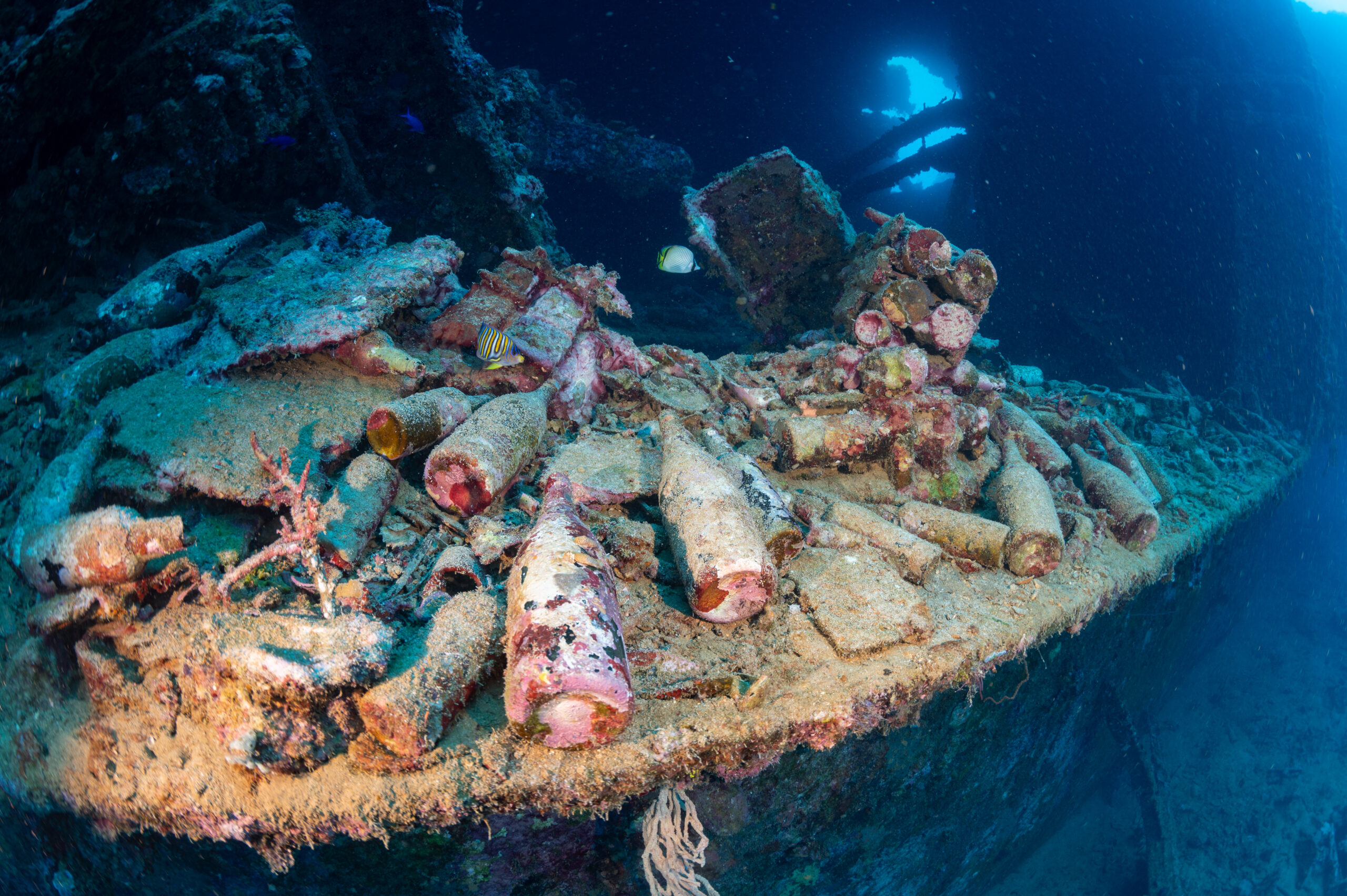
One of the most infamous battles of WW2 between the allies, primarily the United States, and Japan took place at Guadalcanal in the waters famously called “Iron bottom Sound”. This name refers to the huge numbers of aircraft and ships lost during the battles in this stretch of water. Reportedly some 111 shipwrecks and 1,450 airplanes are at the bottom of this sound. One striking statistic is that many of the wrecks along the shore are Japanese vessels. This was because at the time the Japanese were under considerable pressure from the allies with much disruption to their supply lines and army presence. To preserve life and as many of their supplies as possible, should a ship be hit and at risk of sinking, the Japanese sailors would literally drive their ship aground to salvage what they could.
The many wrecks in this area and other locations around the islands provide rich pickings as far as interesting dive sights today.
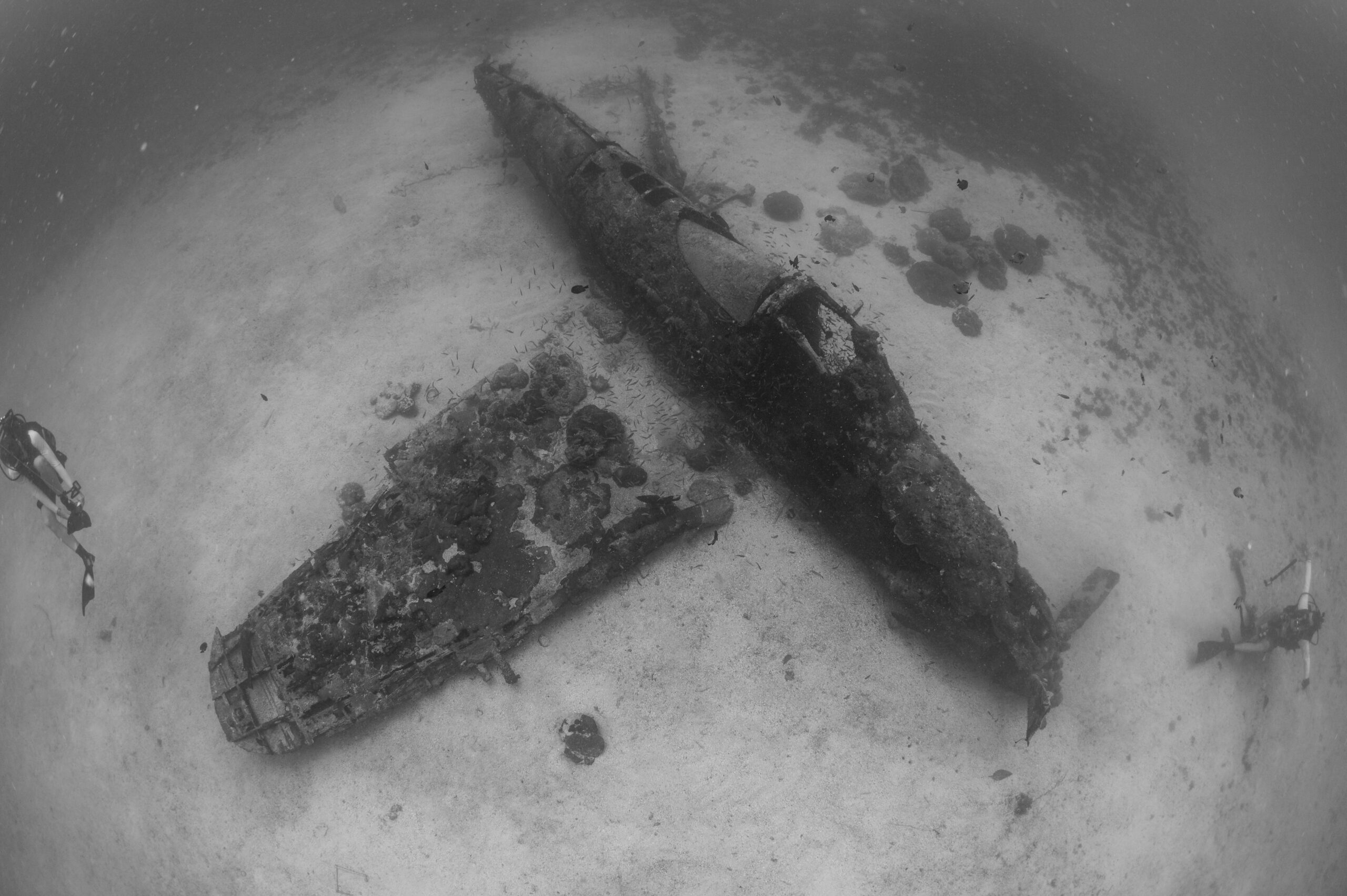
Beyond the “man made’ dive sites, the Solomons offer rich and beautiful coral dive spots populated with a multitude of reef fish and other creatures. These all look very healthy and are thriving.
Sadly however, there is a notable lack of larger pelagic fish in this area. Misguided economic policies have allowed large commercial factory fishing vessels to operate along the near coastal areas of the Solomons that are wiping out large populations of the larger fish stock either by design or through the inevitable destructive and indiscriminate “by catch” that is associated with the use of miles of large nets.
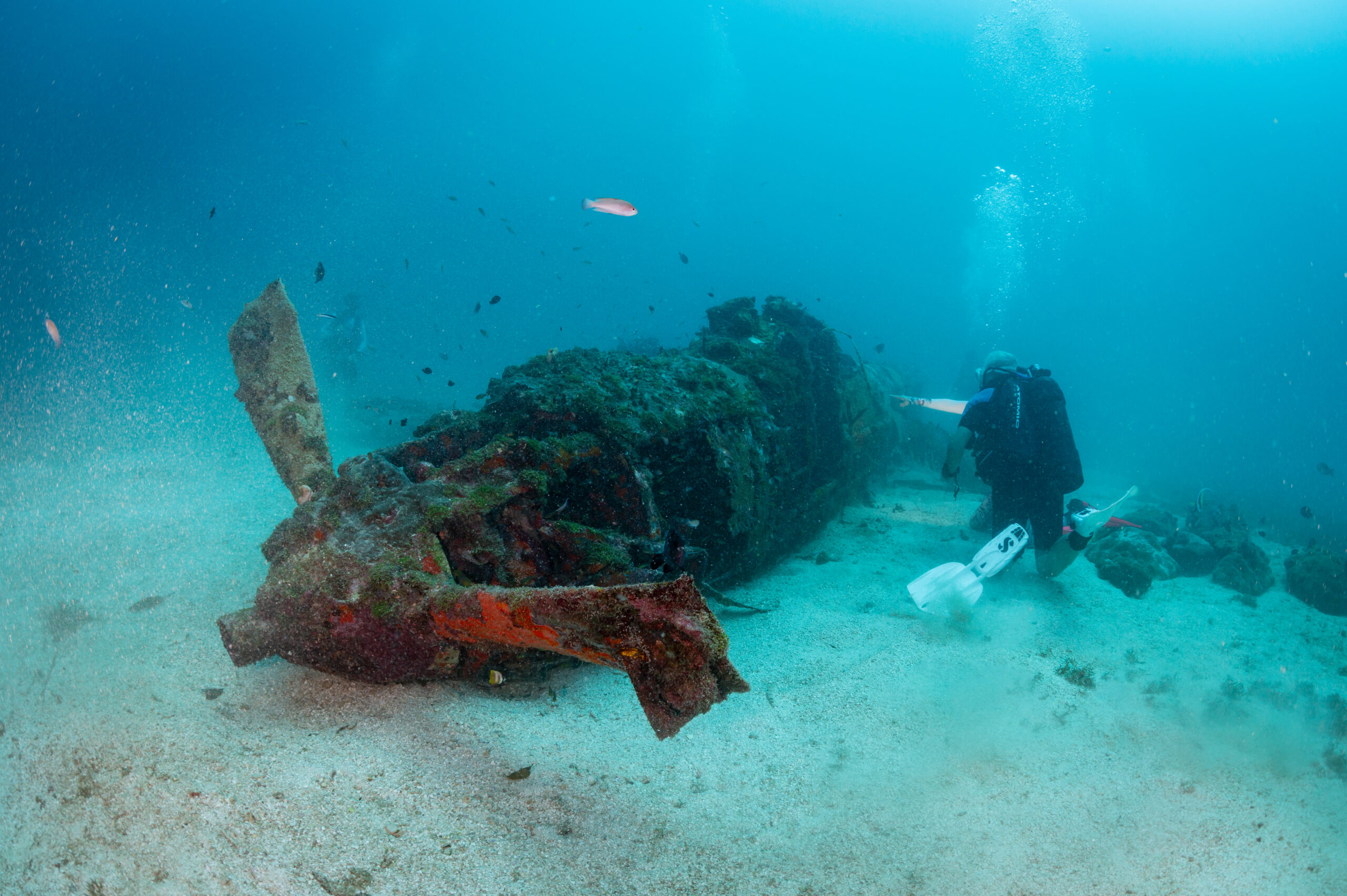
The other devasting destruction the Solomon Islands have experienced in the past was the logging of huge areas of the old forests. This commercial activity left large areas of unvegetated ground that was then eroded by the regular tropical downpours of rain this area experiences. The knock on effect of this led to soil run off into the surrounding waters that stifled and killed off coral reefs.
Thankfully this activity has now stopped, the vegetation is recovering rapidly and notable improvement to once devastated coral reefs is being observed in a relatively short time period.
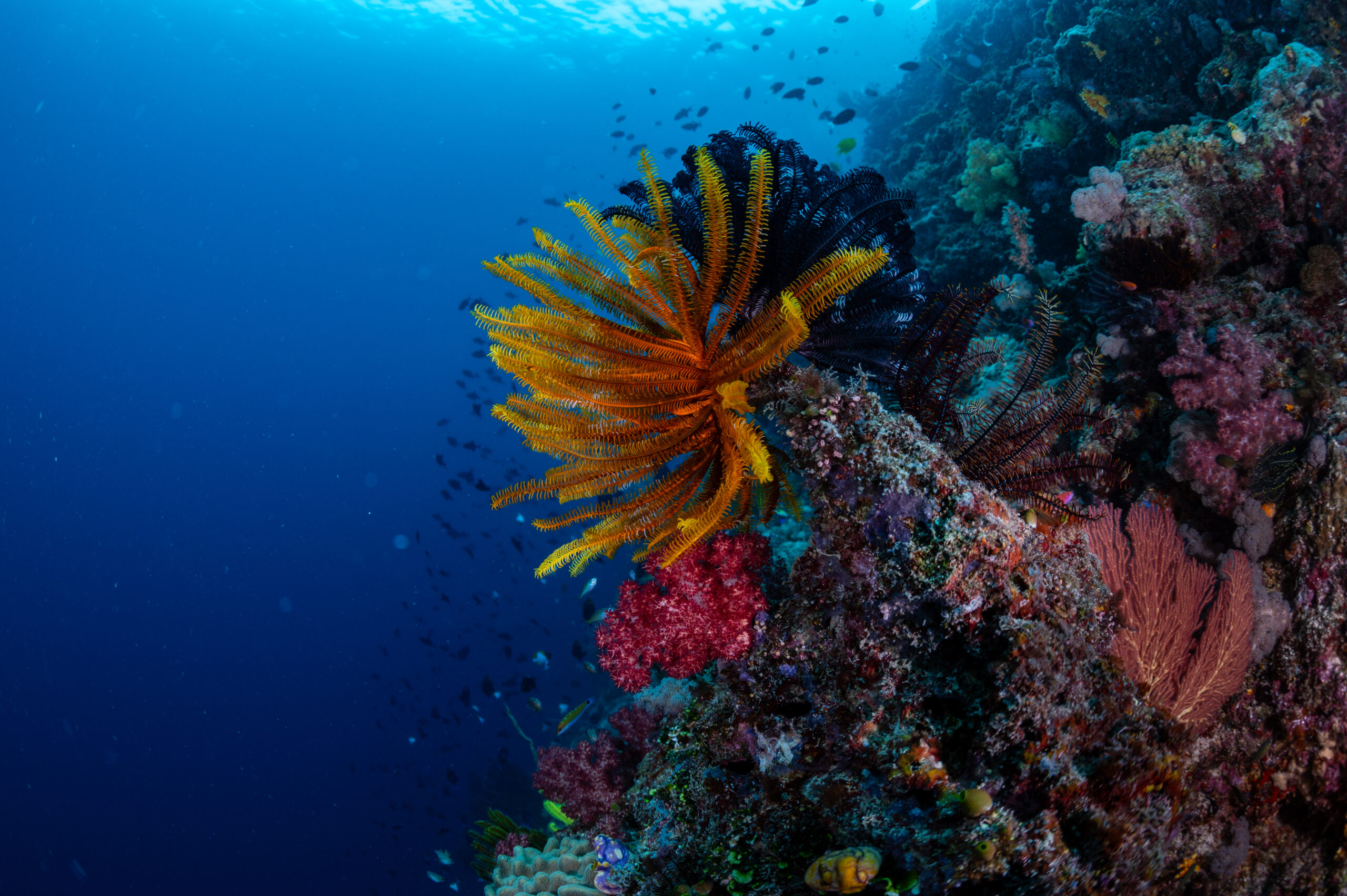
During our stay, Seahawk partnered up with local conservationists to help lobby to establish an MPA ( Marine Protection Area) in the Munda province. A meeting was held onboard Seahawk with local politicians and key community leaders to discuss and agree a Memorandum of Agreement to establish an MPA.
The Munda MPA area is a beautiful area that needs protection from indiscriminate fishing. The hope is to show the importance of conservation and how marine life will thrive if protected. The meeting onboard was regarded as a great success with the community leaders and politicians present agreeing to and signing the Memorandum of Agreement to establish the MPA.
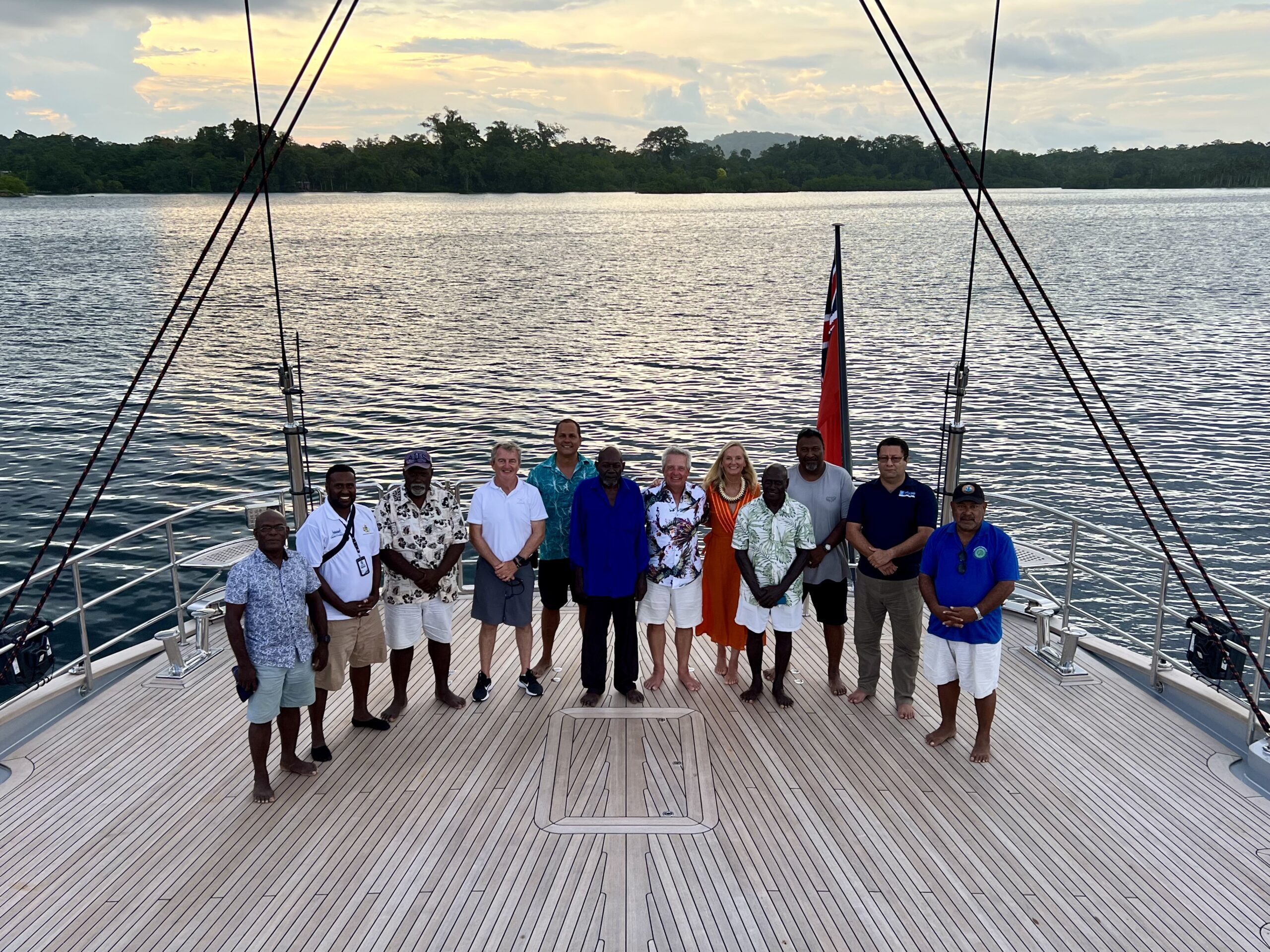
Touristically, the Solomon Islands are relatively untouched but one of the islands greatest assets is their marine life and environment. Protect this and they will protect a sustainable source of economic activity that will be good for both the islands ecosystem and their population if managed well.
Mass overfishing and deforestation is not sustainable but sadly the politicians of the islands have gone down this route in the past and continue to do so. By helping to try and establish an MPA we hope to have helped move the needle just a little in the right direction and maybe, just maybe, helped shift political thinking into a more sustainable and brighter future for the islands.
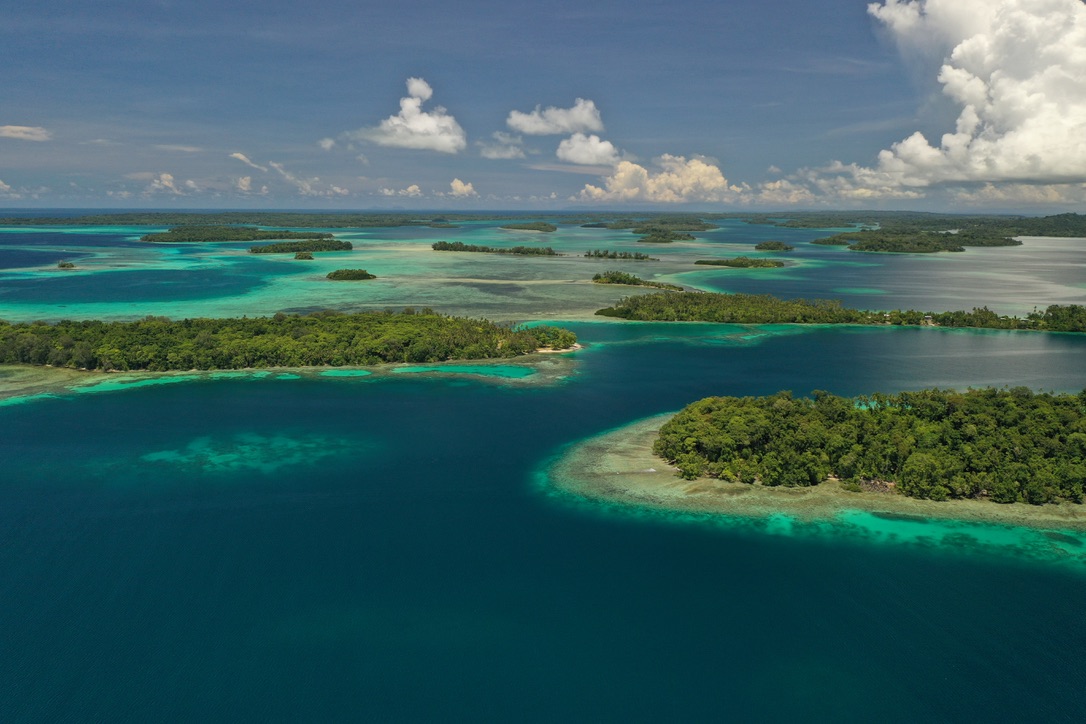
One insight I took away from these beautiful islands is that a large percentage of the local population live in small, disconnected villages on the numerous islands in the Solomons. We were fortunate enough to visit and interact with the local people in various villages. Among their numbers were many skilled artisans who produced amazing wood carvings of local culture and marine life. All onboard Seahawk came away with stunning souvenirs of their visit to these wonderful islands.
I felt that although the villagers led a life of simple subsistence living, they all seemed happy, content and living at one with their environment. Although their lives are physically hard in comparison to so many of us they already seem to have what many of us aspire to have that is sometimes missing from our, arguably, over complicated lives.
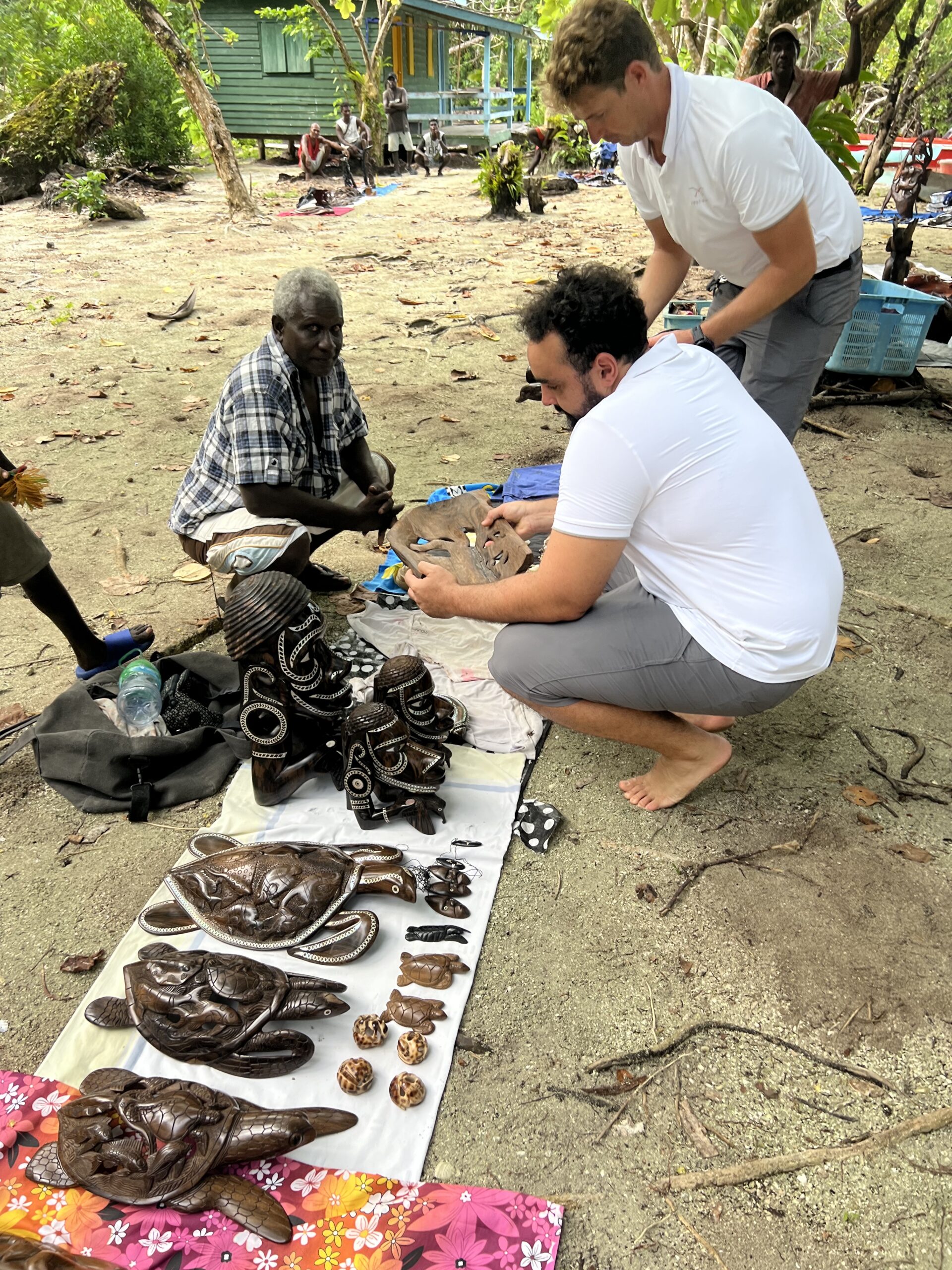

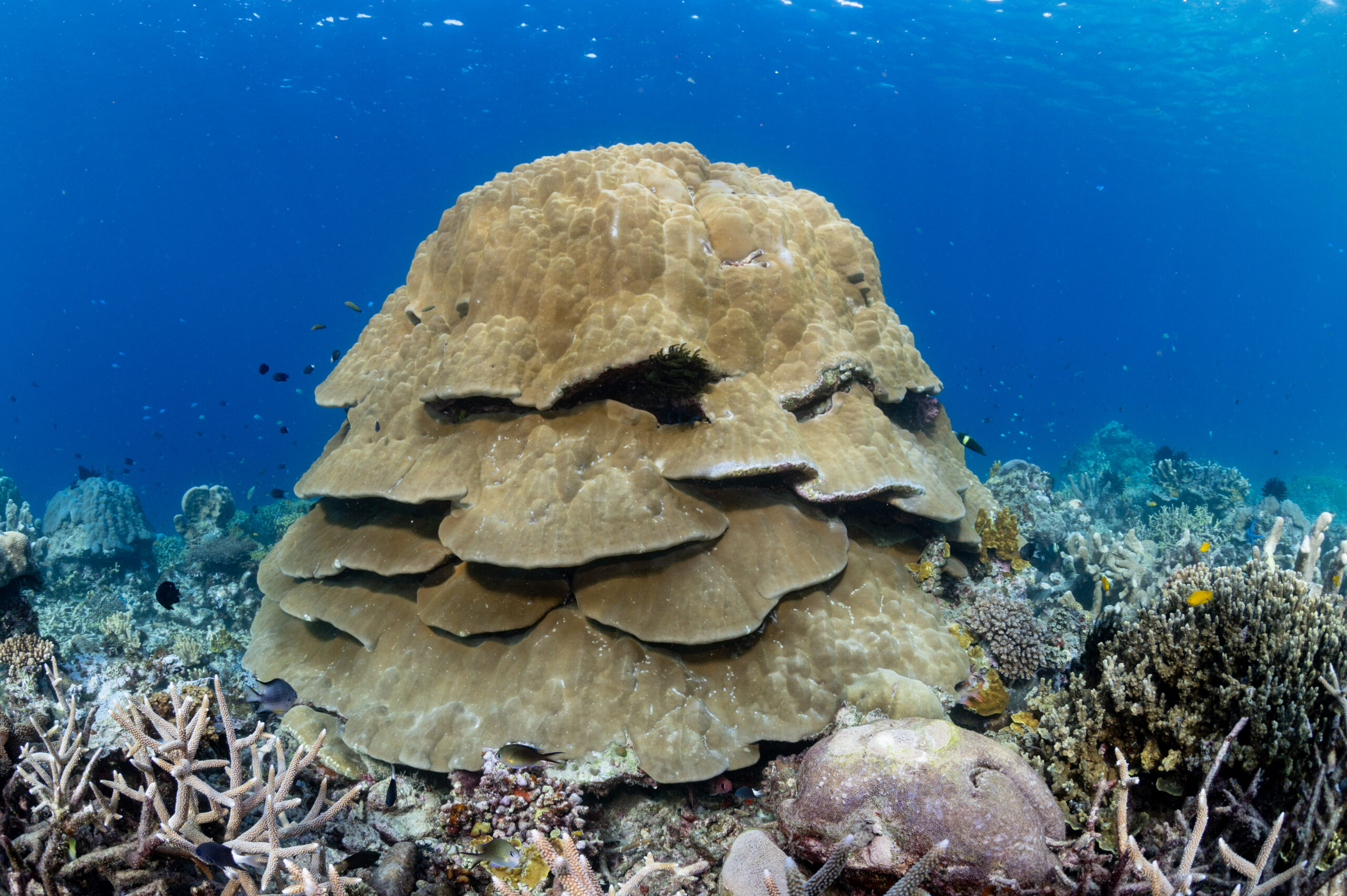
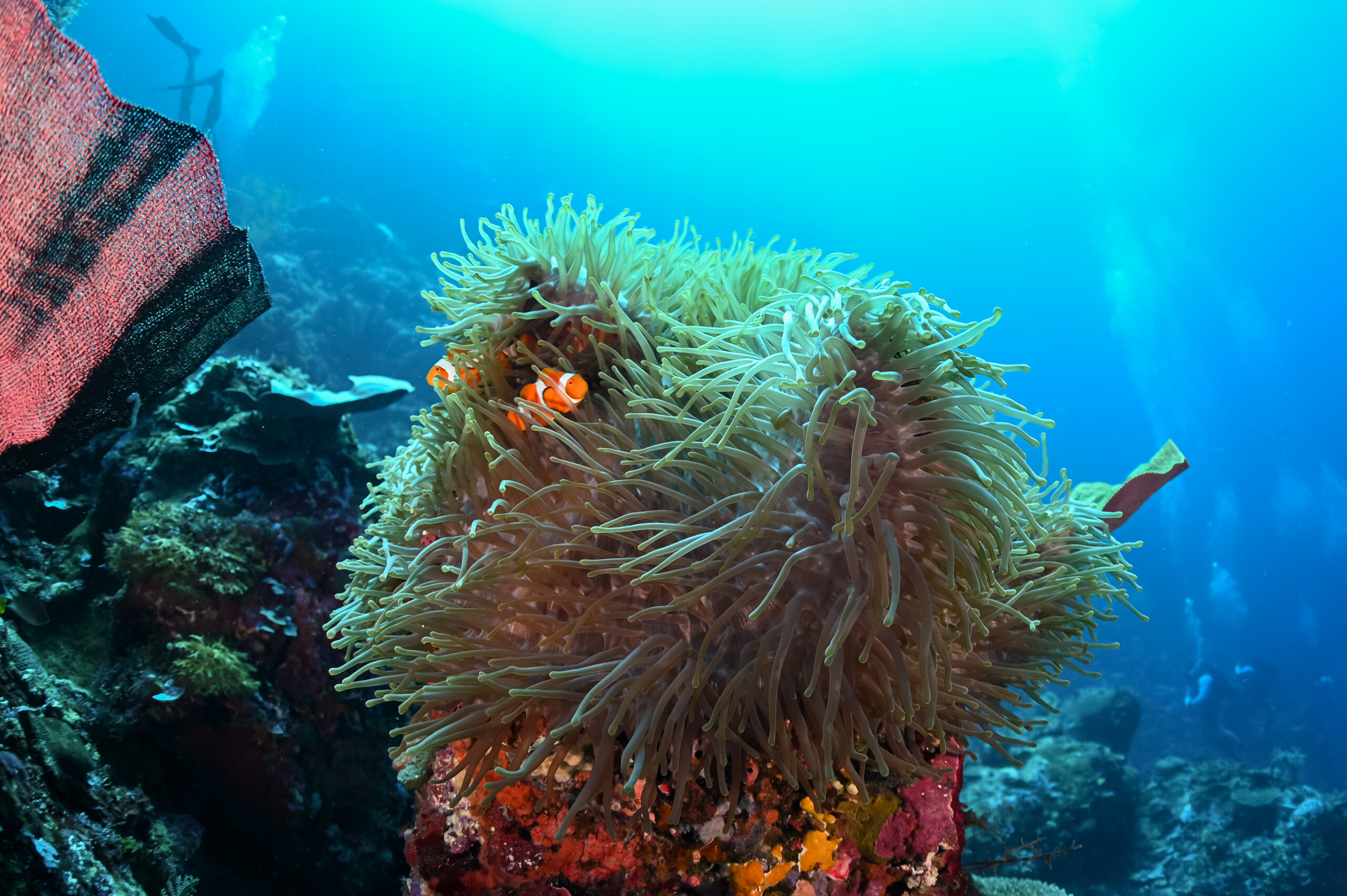
Written by: Guy Hayward

